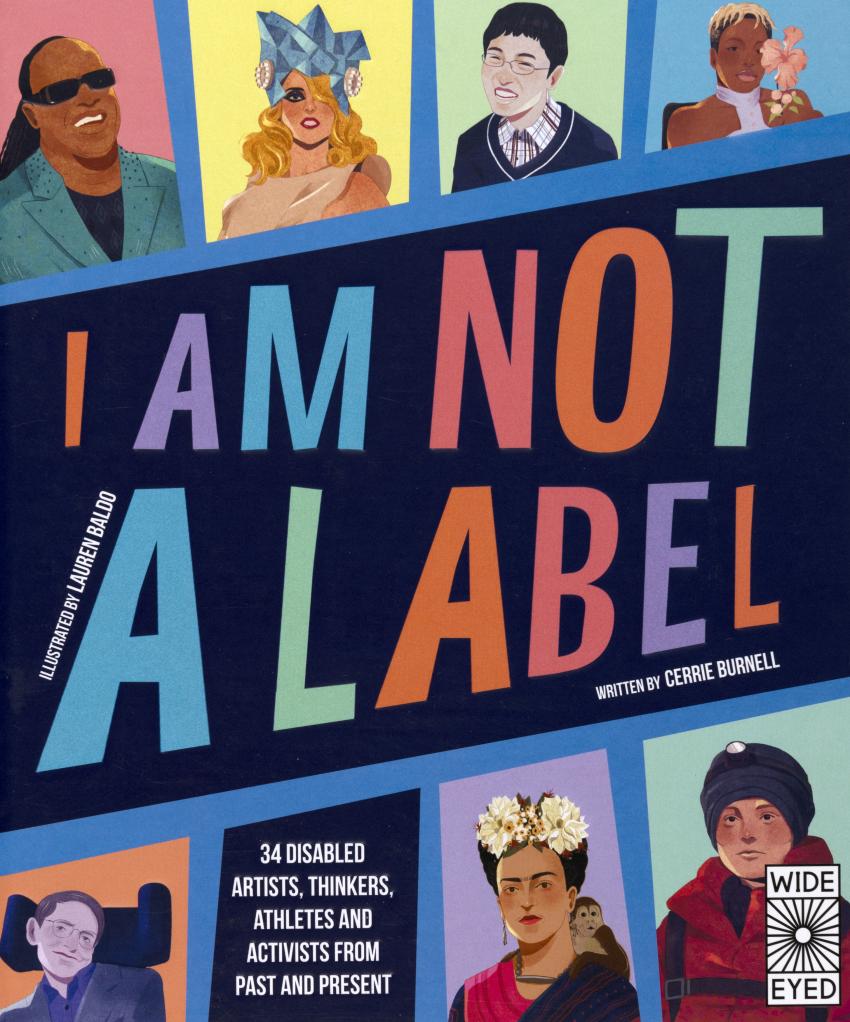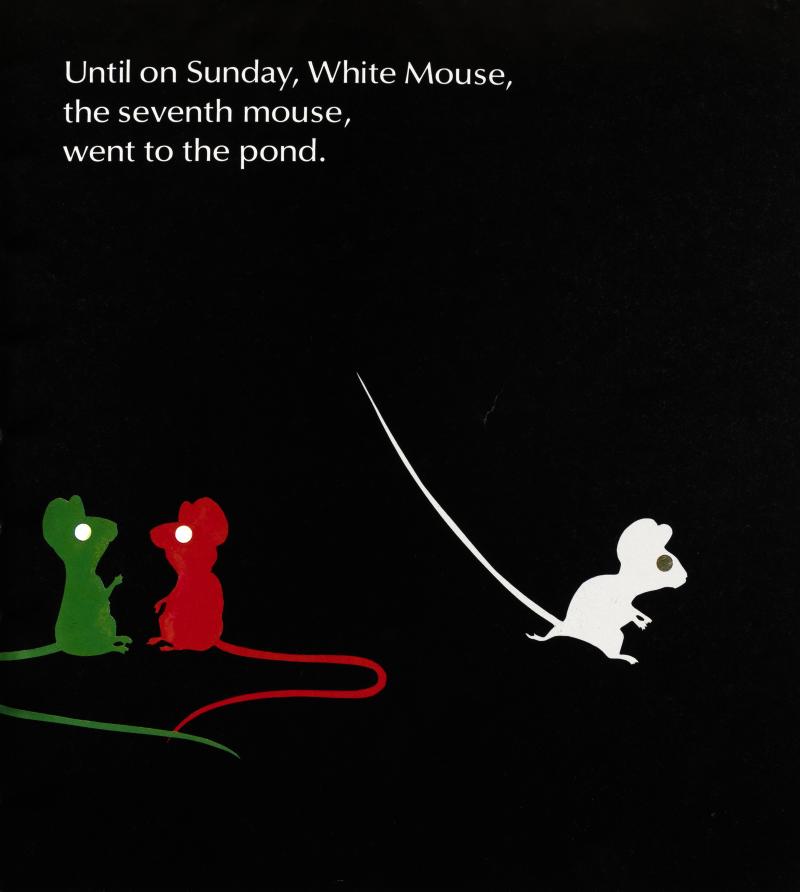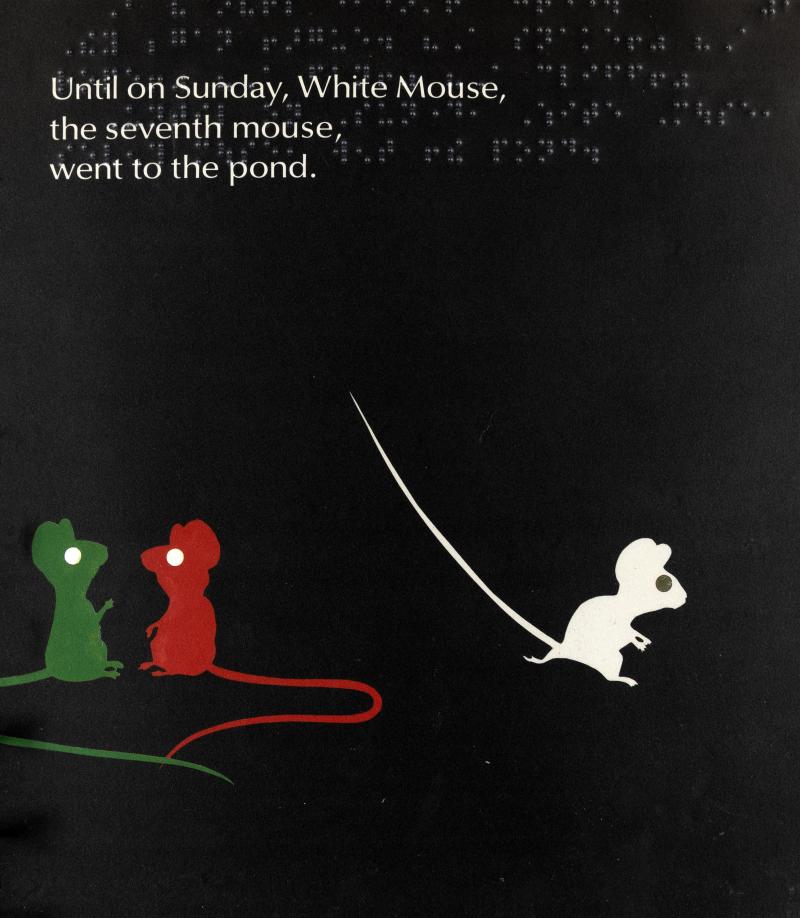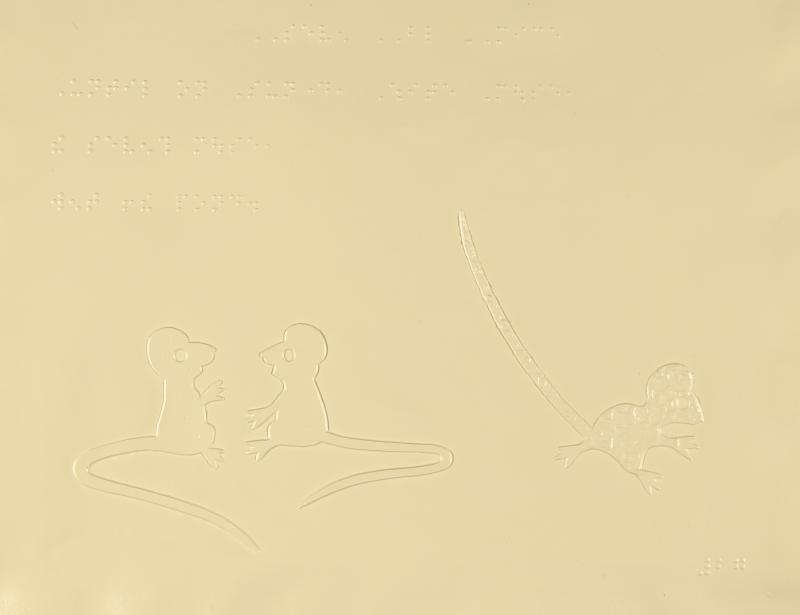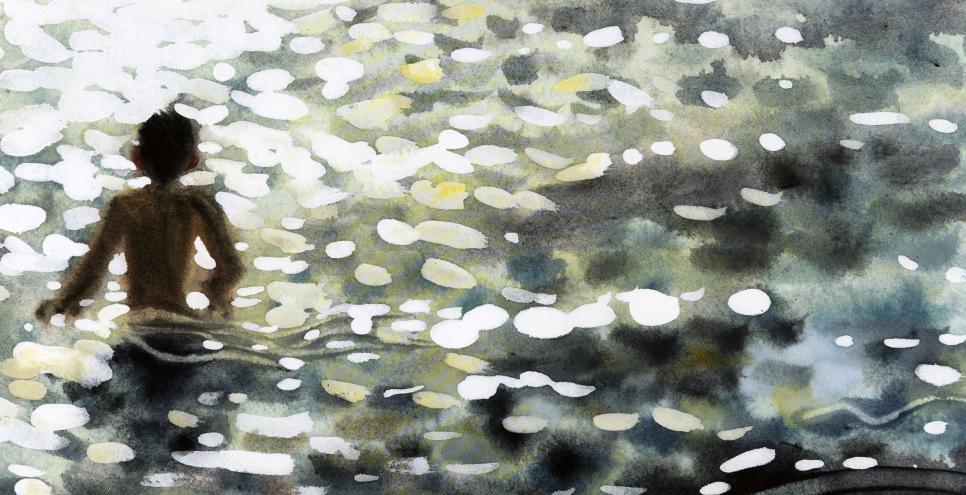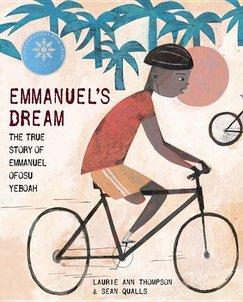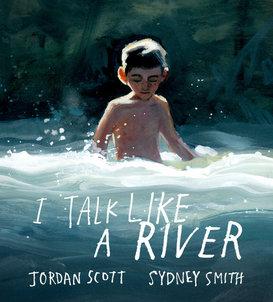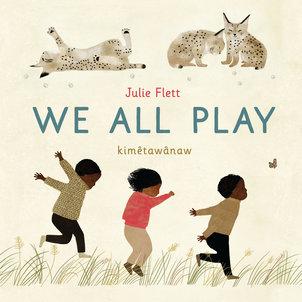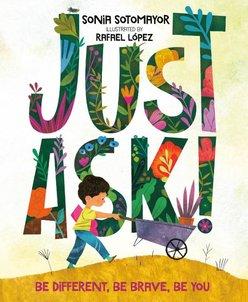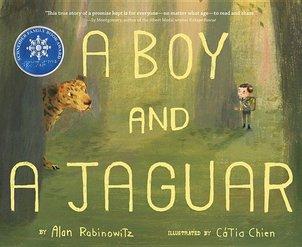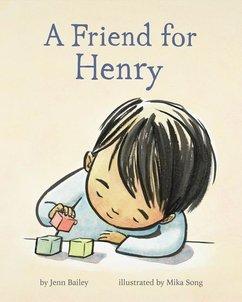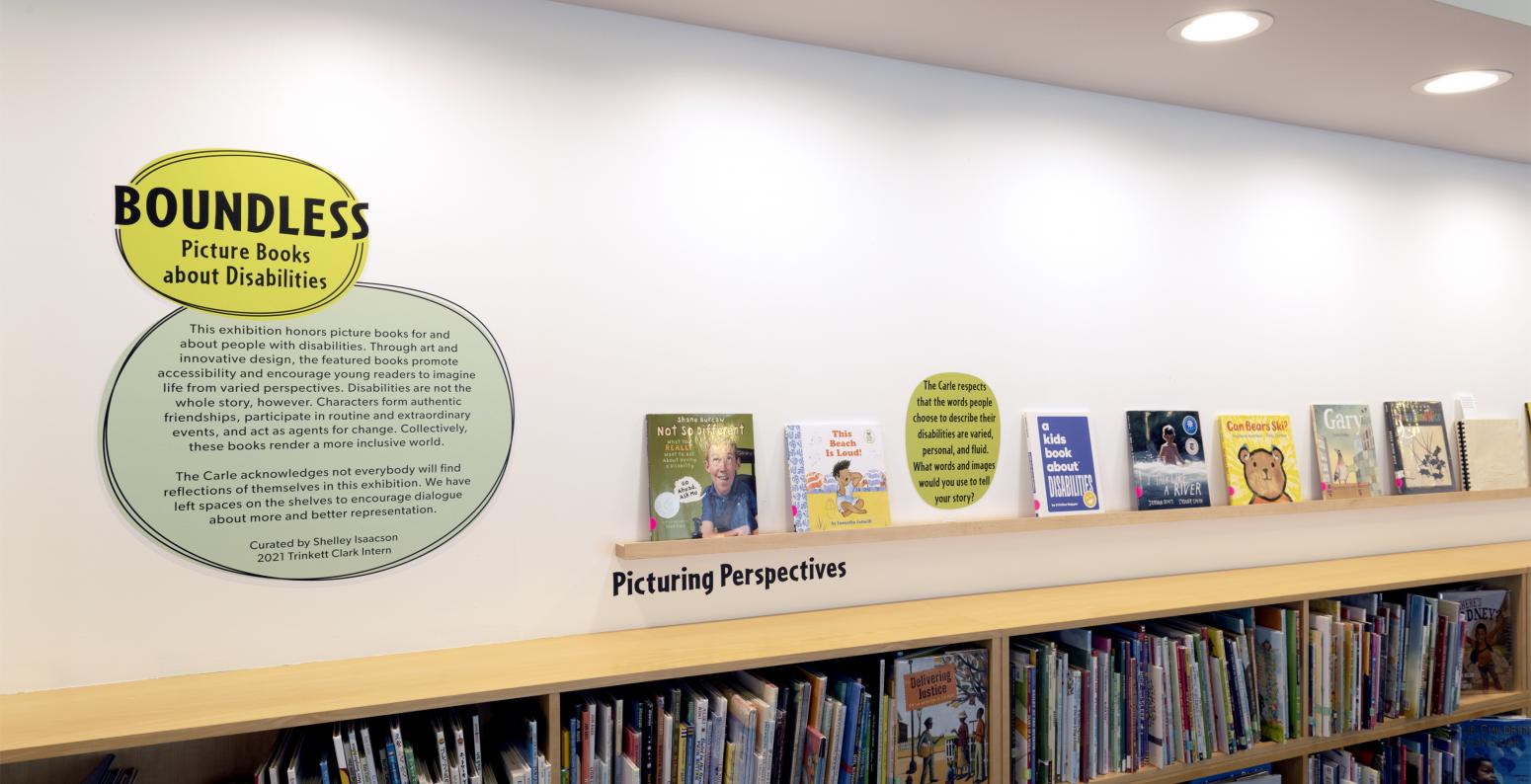
Boundless: Curating a Book Exhibition about Disabilities
I once reviewed 245 titles for a graduate school course on picture books. From this large number, only five books included characters with disabilities. The Cooperative Children’s Book Center, which tracks statistics on books by and about BIPOC, LGBTQIAP+, and people with disabilities, confirms my informal findings. Of books published in 2019 for children and young adults, only 3.4% feature characters with disabilities.
As The Carle—along with the children’s literature community—strives to provide young readers with books that answer Rudine Sims Bishop’s widely referenced call for books that provide “windows” into the lives of others and “mirrors” reflecting themselves, it is important to consider how, and how often, picture books portray people with disabilities. Disability advocates and scholars lobby for more books with positive, accurate, and diverse representations. Specifically, they promote books that portray characters who are multidimensional, have agency, and engage in authentic friendships, and they prioritize books about characters with disabilities by creators with disabilities.
My Reading Library exhibition, Boundless: Picture Books about Disabilities, presents over 40 titles carefully curated to reflect criteria for inclusive books, in conjunction with The Carle’s commitment to excellence in art, design and writing. Despite this promising collection of books, The Carle acknowledges not everybody will find reflections of themselves in this exhibition. On each of the three display shelves, in place of a book, guests can find prompts to encourage ongoing dialogue about more and better representation.
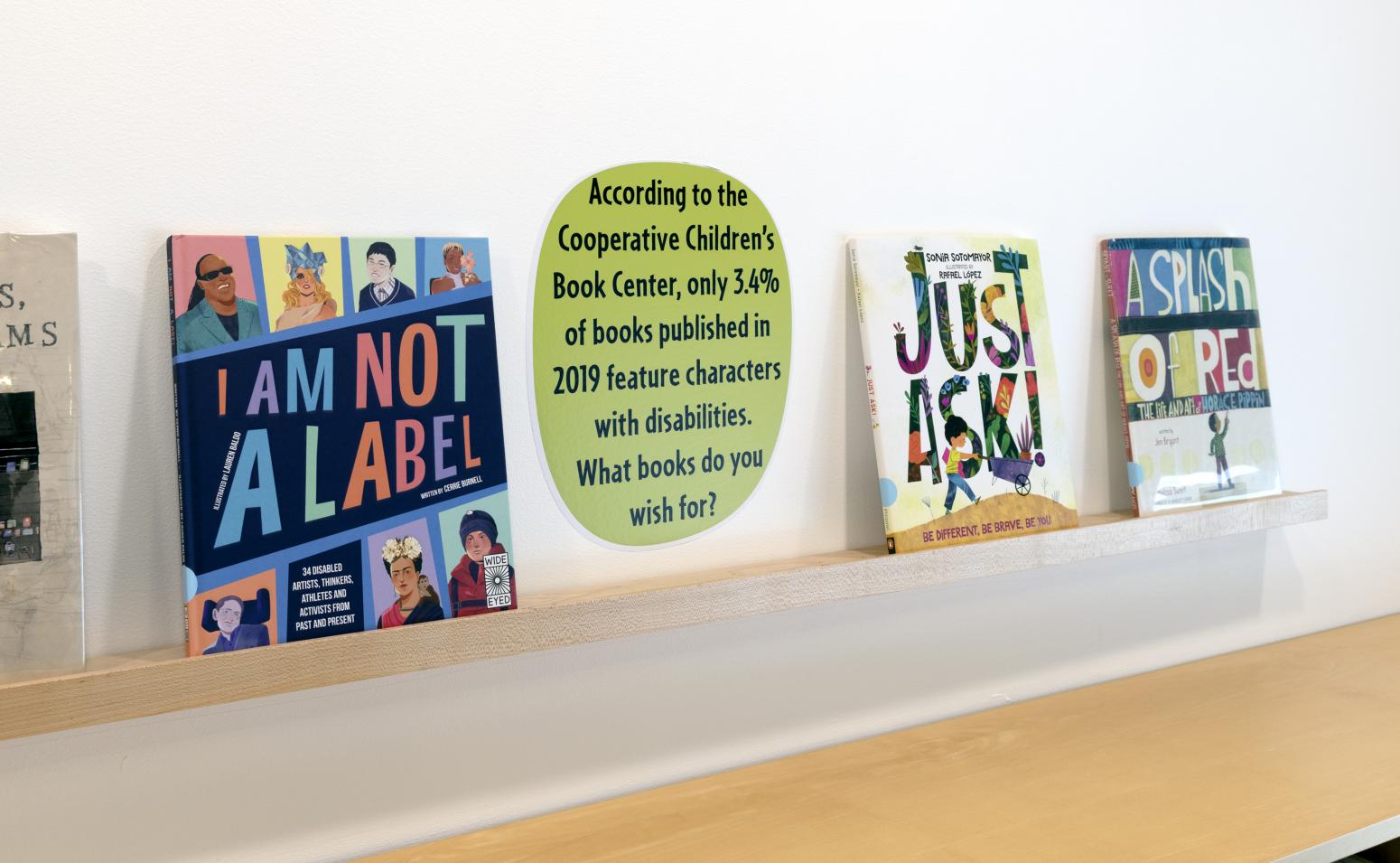
Boundless: Picture Books about Disabilities is divided into three thematic sections that present the boundless capacity of picture books to render a more inclusive world.
Picturing Perspectives
Through art and innovative design, picture books can help young readers imagine life from different perspectives. Check out the nearly wordless Look Up!, the lyrical I Talk Like a River, or the straight-talking A Kids Book About Disabilities and Not So Different: What You Really Want to Ask About Having a Disability. This section also presents books designed for visually impaired readers, including DK Braille: Counting, as well as braille and tactile adaptations of featured titles.
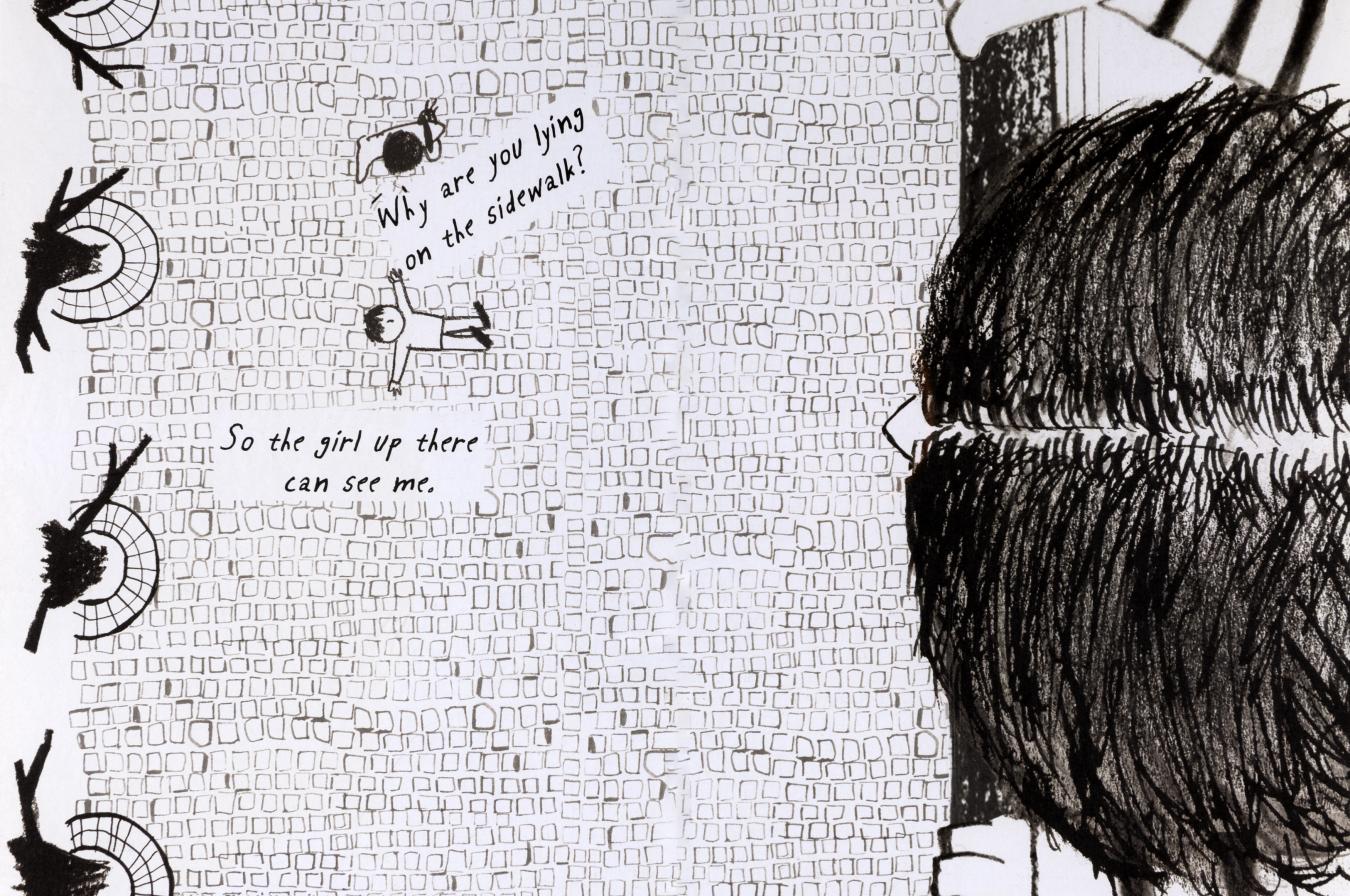
In Look Up!, Korean author-illustrator Jung Jin-Ho encourages readers to flip back and forth between portrait and landscape orientations as they shift between the perspectives of a girl in a wheelchair and the people on the street. The book delightfully concludes when the girl joins the growing, welcoming crowd.
Page-Turning Friendships
Excellent inclusive books portray authentic friendships based on respect, shared interests, and collaboration. In these books, readers are positioned to empathize with ostracized characters, but not to pity them. For books about friendships, try King for a Day, Unbound: The Life and Art of Judith Scott, Best Day Ever, and We Move Together.
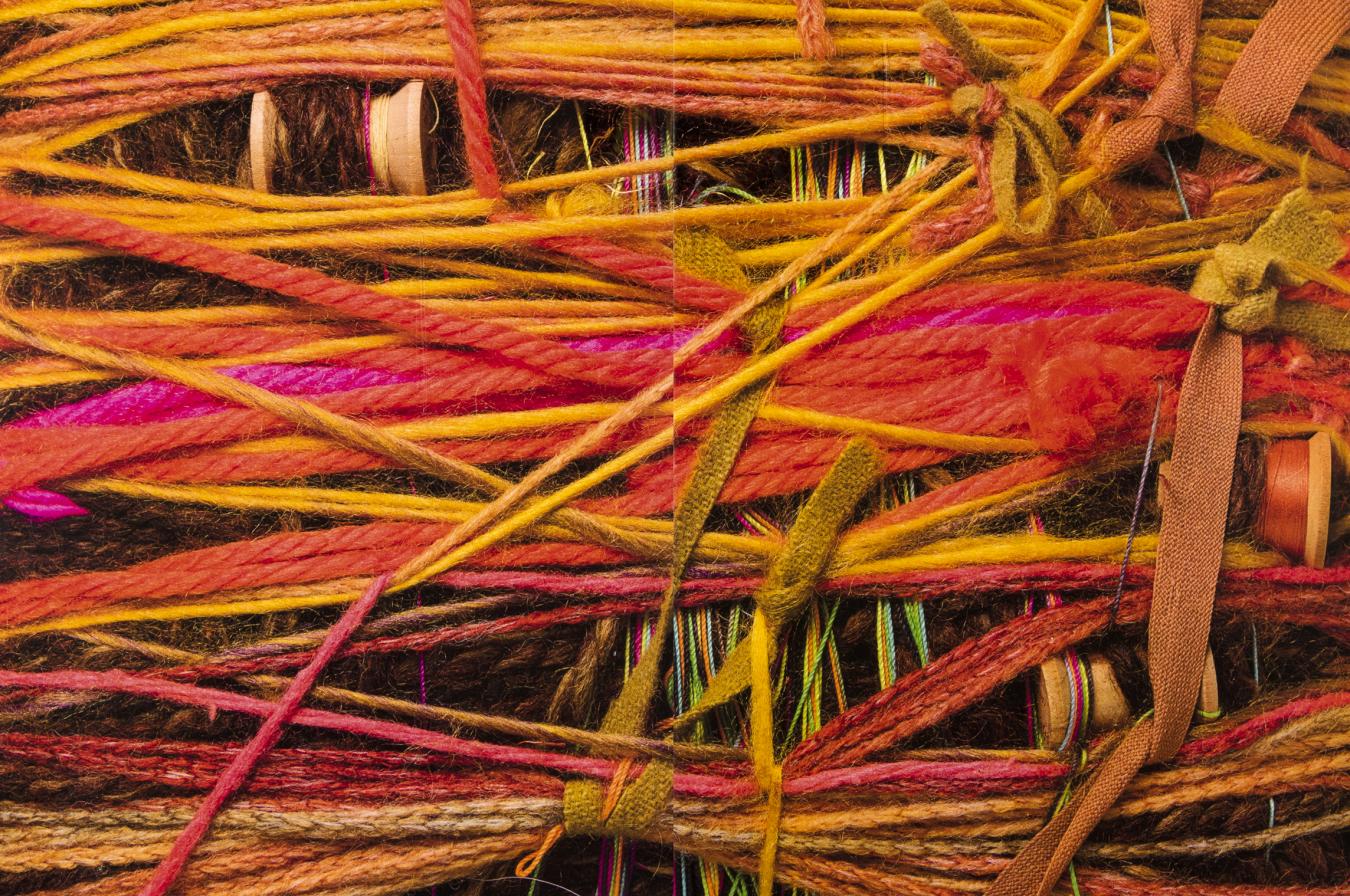
Boundless Endpapers
In Unbound, Joyce Scott and Brie Spangler share the story of Joyce and her twin, Judith, who has Down Syndrome. Melissa Sweet’s endpapers reflect Judith Scott’s artistic process as well as the tender ties between twin sisters.

In Best Day Ever, Marilyn Singer’s lyrical prose about a boy and his dog makes no mention of the boy’s wheelchair, while illustrator Leah Nixon—who has used a wheelchair ever since a construction accident paralyzed her—portrays the wheelchair prominently in the duo’s adventurous day. The endpapers chronicle a friendship tracked in paw and wheel-prints.
Empowering Plots
Disability is not the whole story. Multidimensional characters participate in both extraordinary and routine events and act as agents for change. Empowering stories about famous individuals with disabilities include Turning Pages, I Am Not a Label, and All the Way to the Top, while books such as Bodies Are Cool and My Ocean is Blue portray positive, productive representations of everyday people with disabilities.
